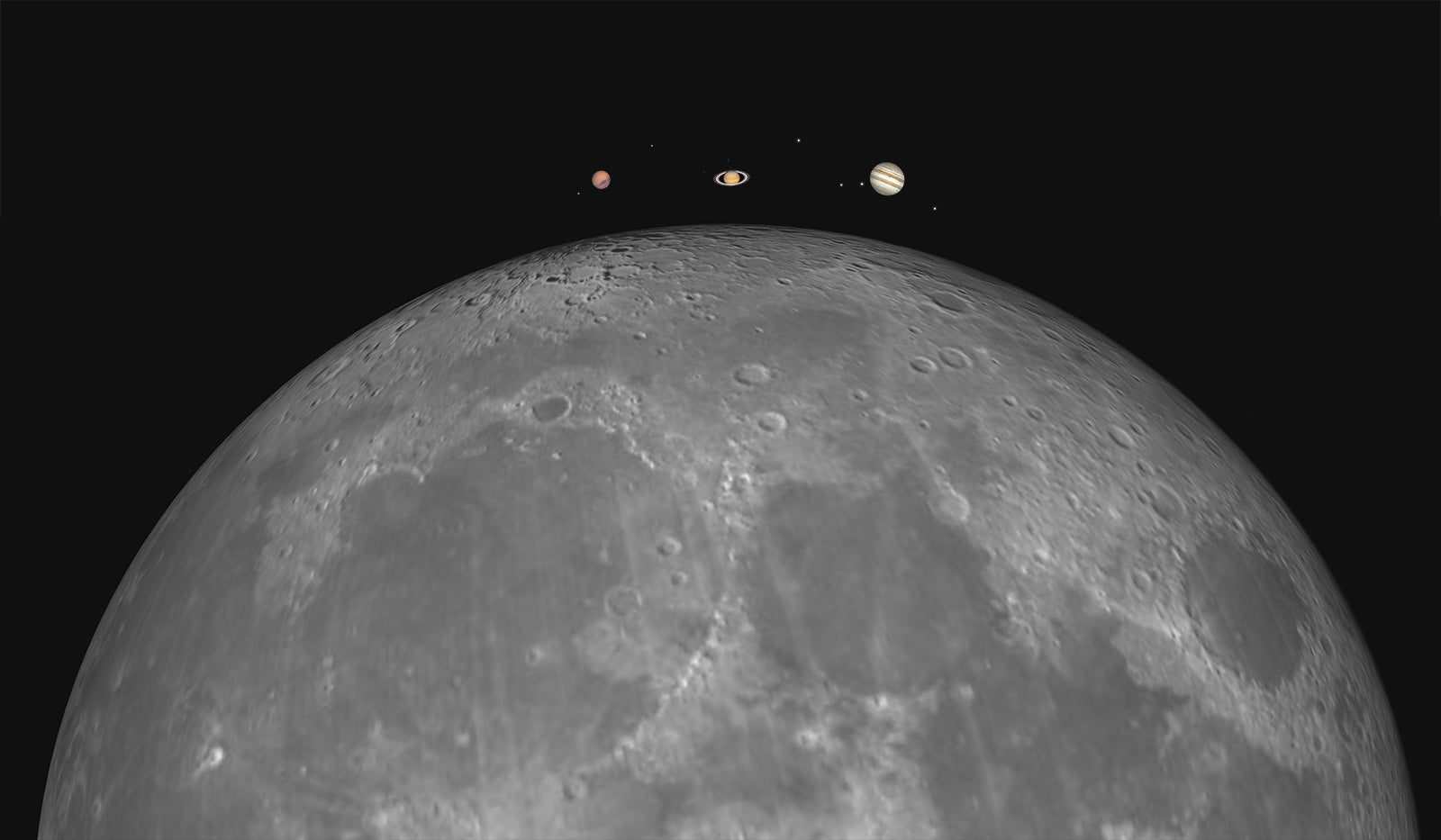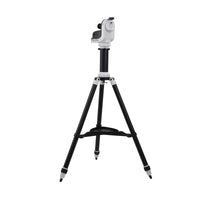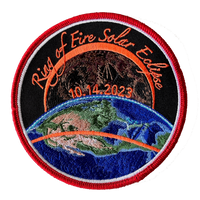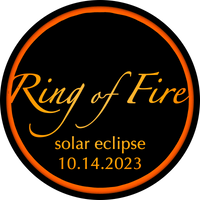
The 2018 Summer Parade of Planets: Mars, Jupiter, & Saturn
This summer will be the perfect time to observe the planets in the evening sky. Mars will be particularly bright and bold, reaching opposition on July 27th (the chart below highlights the evening of July 27th at 11:PM). Mars won't be this big and bright again until 2035!
Jupiter and Saturn will also be extremely prominent, and don't forget Venus just after sunset! This will all make for a wonderful summer of planetary observing, what we are calling The Summer Parade of Planets!

The Mars Opposition will be July 27. Just four days later, the closest approach of Mars to Earth will be July 31. Mars will be getting larger and larger in the night sky through the month of July until it peaks in brightness and size in the last week of July. After that, it will gradually get more distant and dimmer. Really though, you have a solid month from Mid-July through Mid-August to make the most of this Mars close approach.
This summer won't just be for Mars though. Jupiter and Saturn are going to be prominent players as well (as will Venus, currently visible with Mercury just after sunset). Jupiter itself will reach opposition on May 9th, and Saturn on June 27th, with Mars exactly one month later. In all, if you want to see the planets, this is your summer!
How Big & Bright Will The Planets Be?
There is a common misconception about how large the planets ever get. There's an internet meme that comes around every Mars opposition that claims Mars will be as big as the full Moon. The reality is a little different.
In March, Mars rises in the early morning hours with a brightness of magnitude 0.6, and an apparent size of 7.3 arc seconds. The Moon for comparison is approximately 30 arc minutes in diameter - that's 1800 arc-seconds! That means Mars, Jupiter, and Saturn are still tiny in comparison. While they are bright enough to be spotted naked-eye, to see any detail will require a telescope. Bigger aperture telescopes will be better to get the best views.

The above image shows Mars, Saturn, and Jupiter at their true sizes when each it as opposition (their biggest and brightest for 2018) compared to the full Moon. As you can see, the planets are all still just a fraction of the size of the Moon.
Don't despair though: this is what telescopes are for! That internet meme that says Mars will be as big as the full Moon is based on the more nuanced truth that, in a good telescope, Mars can appear in the eyepiece to be as large as the full Moon when the Moon is viewed with the naked eye. Technically, that only requires a 75x magnification when Mars is at opposition. (Currently, it would require 250x magnification!) But when we view the Moon with the naked eye, we can't make out a lot of detail, and the same is true with Mars. The opposition allows observers, with a good telescope in good conditions, to push that magnification higher and get a better view than at any other time until the next opposition in 2035! (See the sidebar at the bottom for some tips about telescope magnification.)

In the table below, you can see the approximate brightness and angular size for each planet through the Summer. The Opposition dates are noted for each, which will be the best time to see the planet at its best. While this will be the Summer of Mars, Jupiter will also be putting on a spectacular show in early May as a warmup, and will be quite a bit larger than Mars, if slightly dimmer.
Note that on the magnitude scale, negative numbers are brighter.
| Mars | Jupiter | Saturn | ||||
| Opposition | July 27 | May 9 | June 27 | |||
| Month | Magnitude | Size (arcsec) |
Magnitude |
Size (arcsec) |
Magnitude |
Size (arcsec) |
| April 1 | +0.3 | 8.5 | -2.4 | 42.7 | +0.5 | 16.7 |
| May 1 | -0.4 | 11.1 | -2.5 | 44.7 | +0.3 | 17.5 |
| June 1 | -1.2 | 15.4 | -2.5 | 44.0 | +0.2 | 18.2 |
| July 1 | -2.2 | 20.9 | -2.3 | 41.3 | 0.0 | 18.4 |
| August 1 | -2.8 | 24.3 | -2.1 | 38.3 | +0.2 | 18 |
| Sept 1 | -2.1 | 20.8 | -1.9 | 34.8 | +0.4 | 17.3 |
How to See & Photograph The Planets
For imagers and visual observers alike, this is the best opportunity until 2035 to see and image Mars. To make the most of this, you want to have a telescope with a large aperture, and good quality Barlow. A small numbered eyepiece (less than 10mm) will be your best bet, assuming the conditions support it.
For imagers, a planetary camera with a small sensor is what you want. Any camera you have will work - even your smartphone or point and shoot camera can be aimed through the eyepiece of a telescope to catch a picture of Mars. The best images though will come from dedicated planetary cameras, and these are probably cheaper than you think.
We have a selection of telescopes, eyepieces and planetary cameras to help you make the most of this summer. The Skyris cameras from Celestron are both Windows and Mac compatible. If you have a computer with USB 3 ports, the newer cameras can take full advantage of that higher bandwidth.
Side Bar: Telescope MagnificationTelescope magnification has two practical limits. The first limit is based on the aperture (diameter) of the telescope primary mirror or lens. Typically this is simplified to 50x per inch or aperture, or 2x per millimeter. Remember, this is the upper limit, not the ideal! The second limitation is the atmosphere itself. Have you ever noticed the stars twinkling at night? The stars themselves don't actually twinkle. What you are seeing is the effect of the air currents and moisture in the atmosphere causing diffraction of the light from those stars. We see the same thing, only magnified, through a telescope. Astronomers refer to the level of this atmospheric turbulence as Seeing. So, on a night where there is a a lot of twinkle in those stars, more magnification just magnifies that twinkle and turbulence, producing a very wavy washed out image. On those nights though where the air is still, and there is no twinkle at all in those stars, the seeing is considered excellent, and you can use higher magnification in your telescope. There is still a practical upper limit though - about 300x is the highest useful magnification even with excellent seeing. Does that mean you never need more than a 6" telescope? after all, 6" x 50x per inch gives you that 300x maximum magnification, right? Well, not so fast. The real point of a telescope is less about magnification, and more about light gathering. The more light you can gather, the brighter and clearer the image, and the greater the actual resolution of the image. So, while you can in very good seeing conditions push a 6" telescope to 300x, doing the same with a 10" telescope will still give you a vastly clearer and brighter image. Aperture really is king, particularly for planets! |
Images in this article from SkySafari 5.




